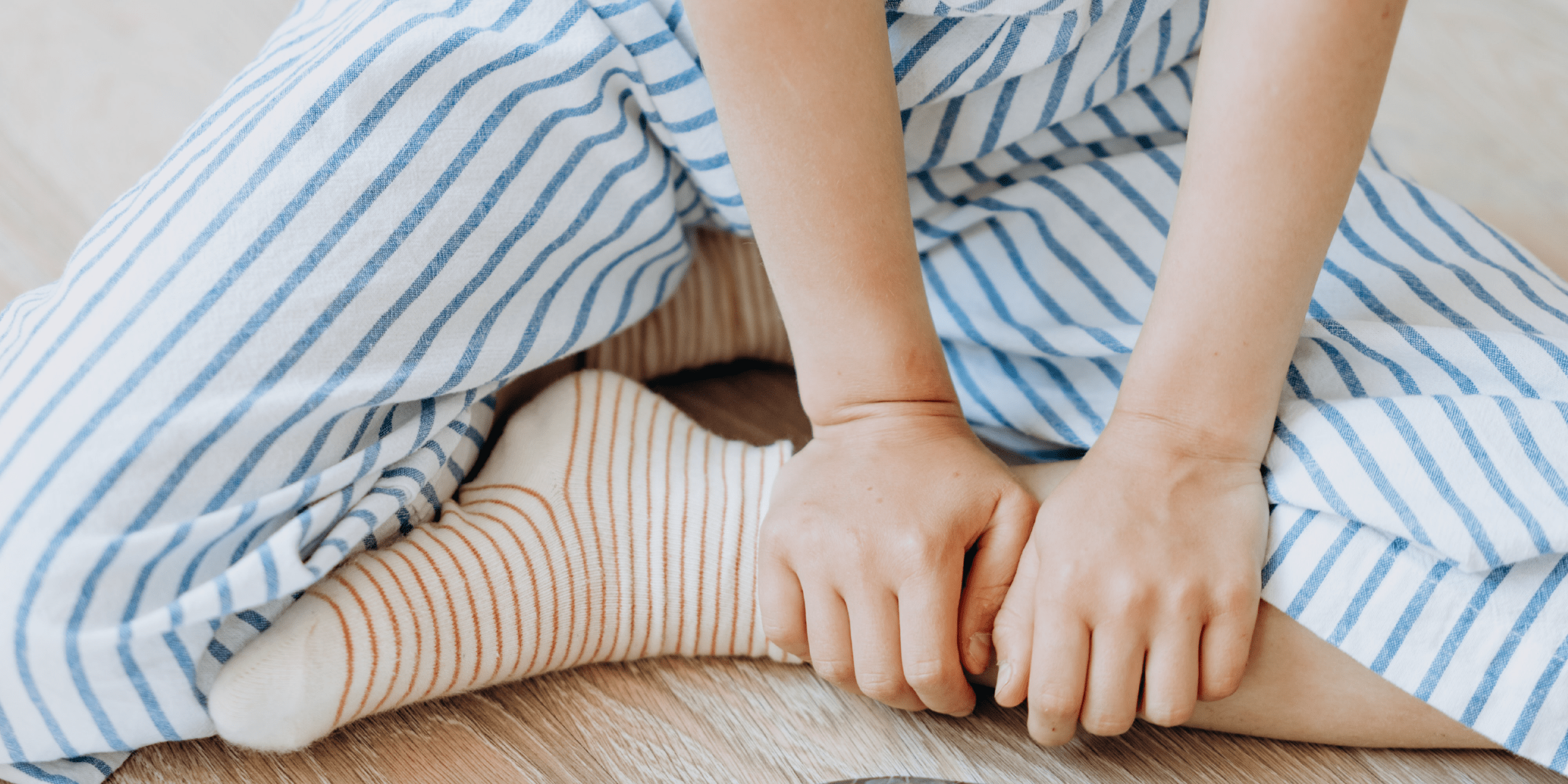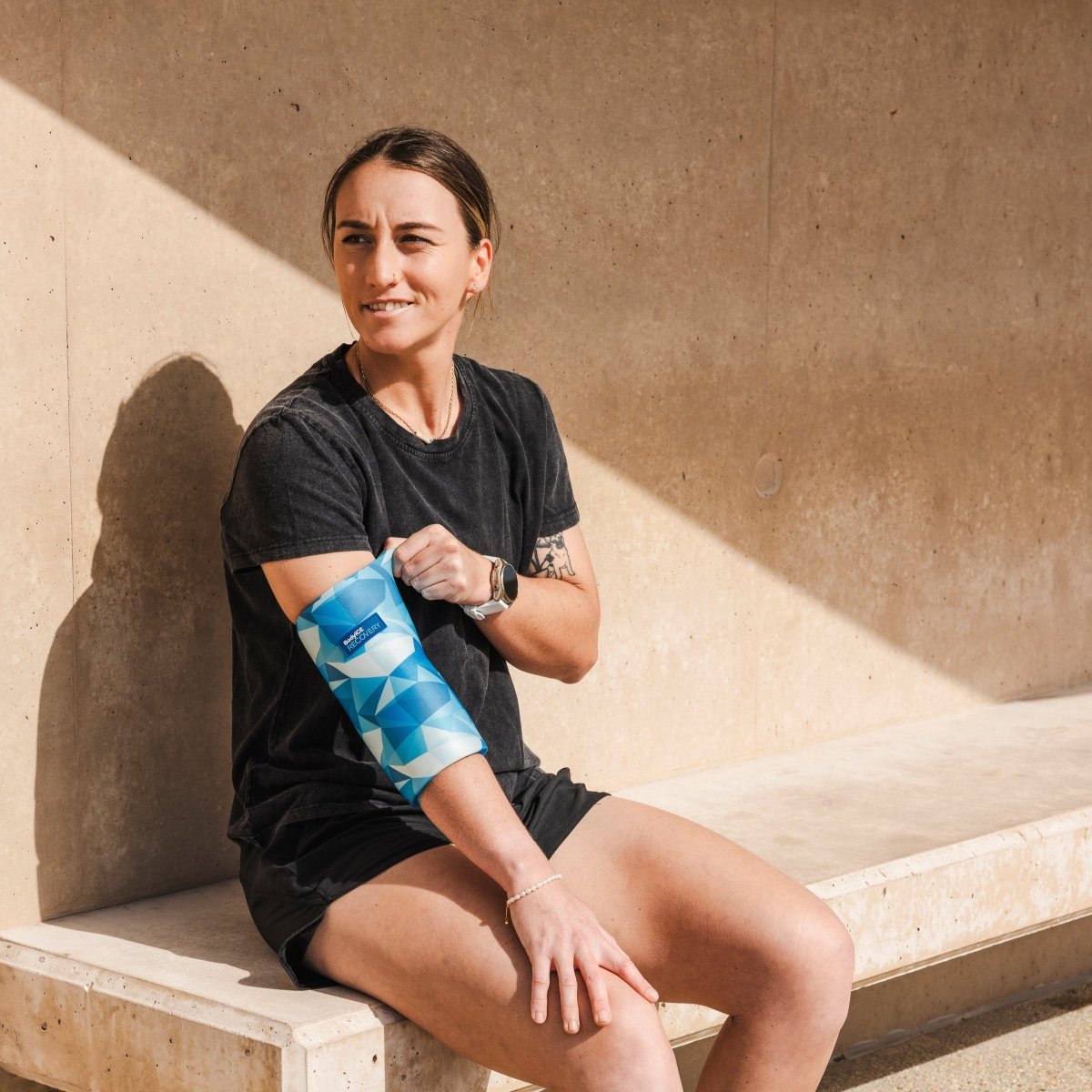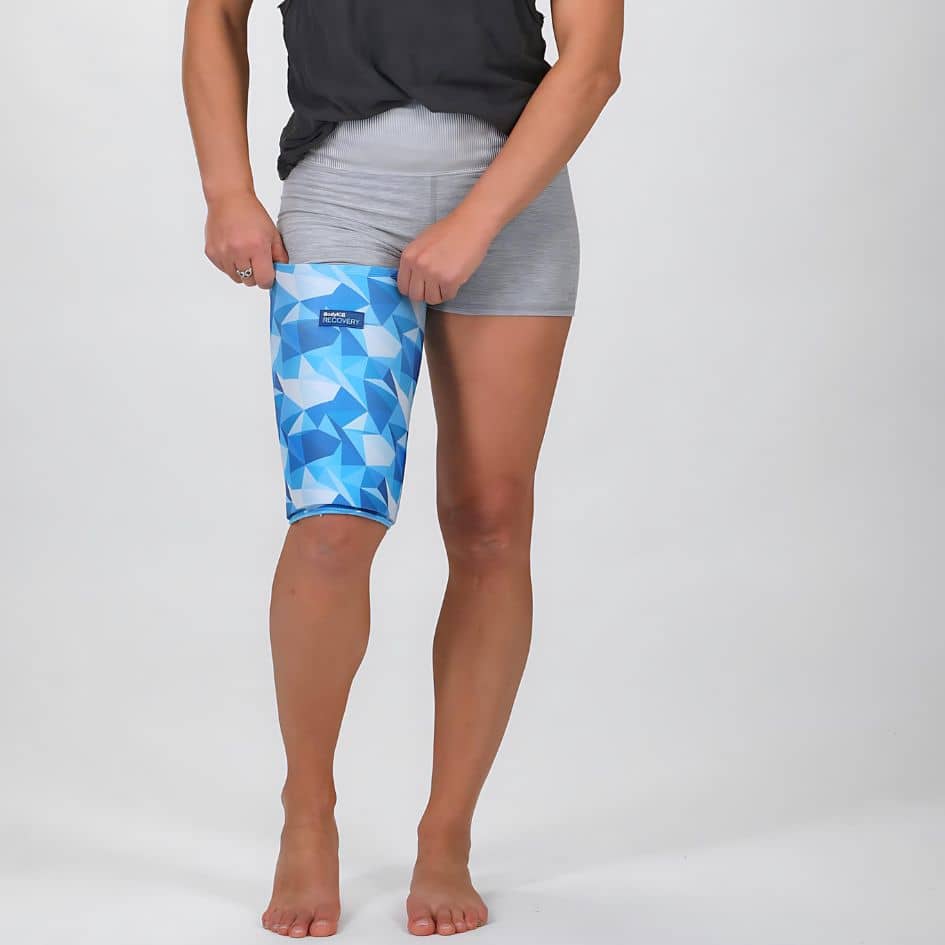Lower Back Pain
Lower back pain is a common condition that affects a significant number of Australians. The Australian Bureau of Statistics estimate that 70–90% of people will suffer from lower back pain in some form at some point in their lives. In some cases, back pain has an obvious cause. It can occur from an injury causing acute pain, or it can be more ambiguous and develop over periods of time into chronic pain without an injury or specific cause. Understanding the common causes of non-injury related back pain is crucial for effective management of pain relief and prevention.
In this article, we will explore five common causes and provide practical solutions for alleviating the discomfort.

Posture & Back Pain
One of the most prevalent causes of lower back pain is poor posture. Incorrect posture whilst sitting, standing, looking down at devices such as phones for extended periods of time can lead to joint stiffness, muscle stiffness, strain on connective tissues and if not addressed, chronic pain. Fortunately, there are several ways to counteract poor posture. The first step is being aware of it! If you notice rounding of your shoulders or excessive curvature of your lower spine, then it's a good indicator that your posture needs improving. Standing desks or ergonomic furniture, limiting screen time, taking breaks to stretch throughout the day, building core strength and seeking guidance from physical performance specialists like a sports physiotherapist, can all help to improve your posture.

Poor Footwear & Back Pain
The fascia in the base of our feet are connected to the fascia in our entire body. If the fascia is tight and stiff at any point in the chain, the whole body, including your back can be affected. Choice of footwear contributes largely to the health of your feet and therefore directly affects how you stand and walk, which can then lead to musculoskeletal pain and strain on soft tissues including the muscles, tendons and ligaments of your hamstrings, gluteals and of course back and spine. Common concerns with ill-fitting shoes, whether too tight or loose, lacking proper support or cushioning, or prolonged use of high heels, can negatively affect your posture and lead to lower back pain. The comfort and support of your feet has a flow on effect to your knees, hips and spine. The best way to ensure that your footwear doesn’t affect your posture and lead to back pain is to choose shoes with soft, cushioned soles that are well fitted with adequate width and arch support. It is also recommended to condition your feet by massaging the base of your foot with a massage ball and to be barefoot as much as possible. take a moment to practice splaying your toes out wide or lifting your big toe independently (without lifting your other toes) to actively condition your arches in your feet.

Stress & Back Pain
Stress can manifest in many different ways in the body and sometimes excess tension can be felt in the spine and lower back. In yoga, they say that the hips are the emotional junk draw of the body, so if your hips are carrying a lot of tension, it can certainly affect your mobility, flexibility and stability, making your pain worse in your back. During stressful periods, the release of cortisol and adrenaline leads to involuntary muscle tightening, often affecting the neck, shoulders, and down the spine. Prolonged tension in these areas can lead to back pain and, more specifically, lower back pain. To combat stress-related back pain, consider incorporating stress-busting techniques into your routine. These may include using a heat pack, such as BodyICE Recovery's Back and Hip pack, to relax muscles and improve circulation, seeking remedial massage, practicing breathing exercises, or engaging in guided meditations to release tension.

Underlying Condition
Lower back pain may be a sign of an underlying condition that has yet to be diagnosed, such as degenerative disc disease, nerve damage, arthritis, osteoporosis, or spinal stenosis that become more common as we age and become chronic injuries. If you are experiencing persistent or severe pain in your back, it is important to speak with your doctor or or back specialist for a thorough evaluation. Early detection and appropriate management of these conditions can significantly contribute to your overall well-being in the long term.

Lifestyle Choices
There are many lifestyle choices that can cause lower back pain over time. Being overweight puts extra strain on muscles and joints of the body; studies have found that those with a high BMI (body mass index) have a higher risk of developing back pain. Diet choices may also be an aggravating factor in back pain. Research shows that ultra-processed foods like fast food, refined grains, and processed meats trigger an increase in pro-inflammatory cytokines in your body. If you have back pain and eat more processed foods than whole foods, you may inadvertently worsen your inflammation and pain. Too much vigorous exercise or insufficient warm-up or cool-down exercises can also contribute to back pain. Particularly exercises that involve lots of running or jumping as the discs in your spine absorb the shock of your body so if the deep core muscles surrounding your spine are not strong enough, it can cause instability of your spinal joints and therefor affect your discs. Maintaining a healthy lifestyle, including regular exercise, proper nutrition, staying hydrated, and participating in mindful stretching and strengthening, can help keep lower back pain in check.

Non Invasive Treatment for Back Pain
When it comes to treating lower back pain without the use of pharmaceuticals or invasive surgery, there are various options available including hot or cold therapy, massage, chiropractic care, physiotherapy, osteopathy, acupuncture and active exercise like yoga, walking and pilates to name a few.
Hot or cold compression
If you're suffering from an acute injury resulting from an accident or a sudden twist, you may find relief in either an ice pack for your back pain or a heat pack for your back. It is also suggested that alternating between heat and cold compression can help with pain management but also to increase blood supply to the injured area which promotes faster healing.
One effective treatment option that can provide relief is the use of the BodyICE Recovery Back & Hip pack. This pack is specifically designed to target the back and hip area, offering both hot and cold therapy for pain management. Applying cold therapy to the affected area can help reduce inflammation and numb the area, providing immediate relief. On the other hand, heat therapy can promote blood circulation and relax the muscles, easing tension and stiffness in the lower back. The BodyICE pack allows individuals to alternate between hot and cold therapy, offering a versatile and convenient solution for managing lower back pain.
Active Exercise & Physical Therapy
Physical therapy is a commonly recommended option, as it focuses on exercises and stretches to improve strength, flexibility, and posture. A physical therapist, yoga or pilates instructor can develop a tailored program to relieve muscles tension, correct alignment, strengthen and stabilise your pelvis and back. Once the muscles of the spine are activated and stable, back pain often reduces dramatically. Active exercise along with common types of lifestyle modifications like good nutrition, good posture and avoiding prolonged sitting, can play a crucial role in managing and preventing lower back pain.
The type of treatment you undertake will depend on the extent and nature of your injury. Always consult with your healthcare professional to accurately diagnose the underlying cause of your lower back pain and develop an individualised treatment approach that suits your needs. By combining various treatments, including the use of BodyICE heat or cold compression, you can maximise your chances of finding long-term relief and improving your overall well-being.
If you're looking for a reusable ice pack for pack pain, look no further than BodyICE Recovery Back & Hip pack. It offers comfortable compression whilst delivering affective cold or heat therapy. The use of hot or cold compression along with other treatment options mentioned above can positively impact the health of your back and spine and provide the much needed relief from acute or chronic lower back pain.


























Leave a comment
All comments are moderated before being published.
This site is protected by hCaptcha and the hCaptcha Privacy Policy and Terms of Service apply.